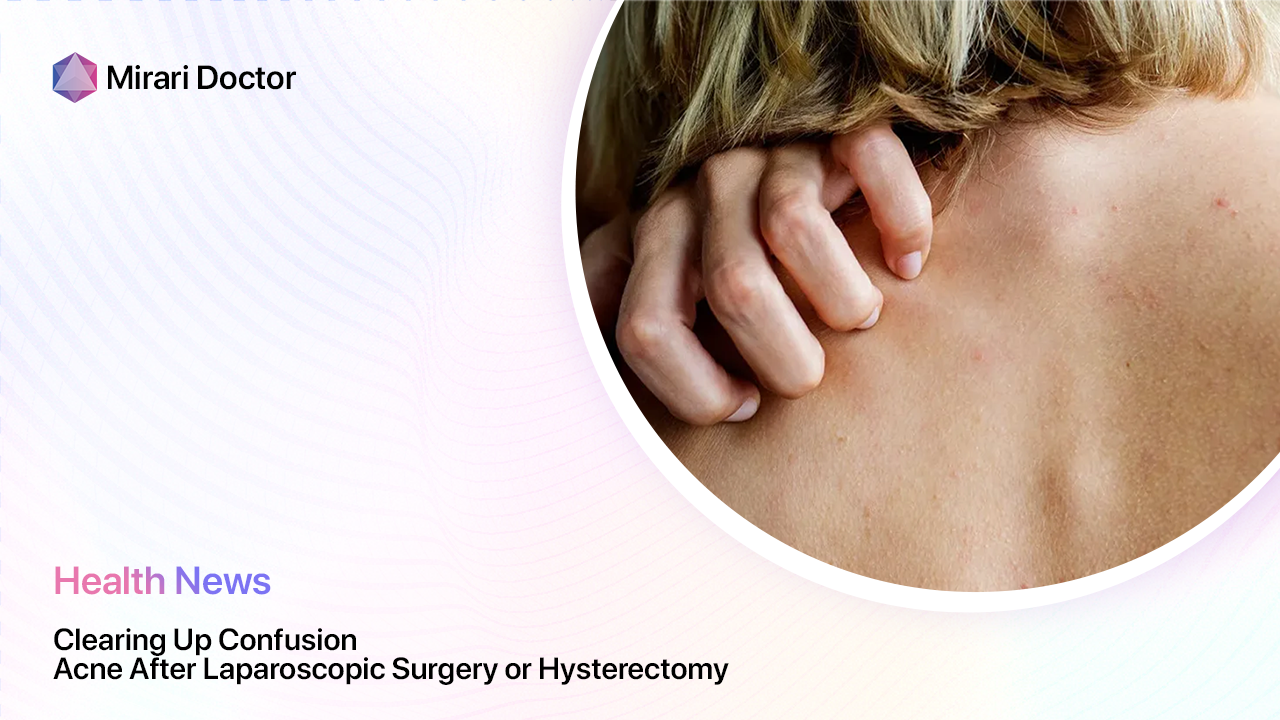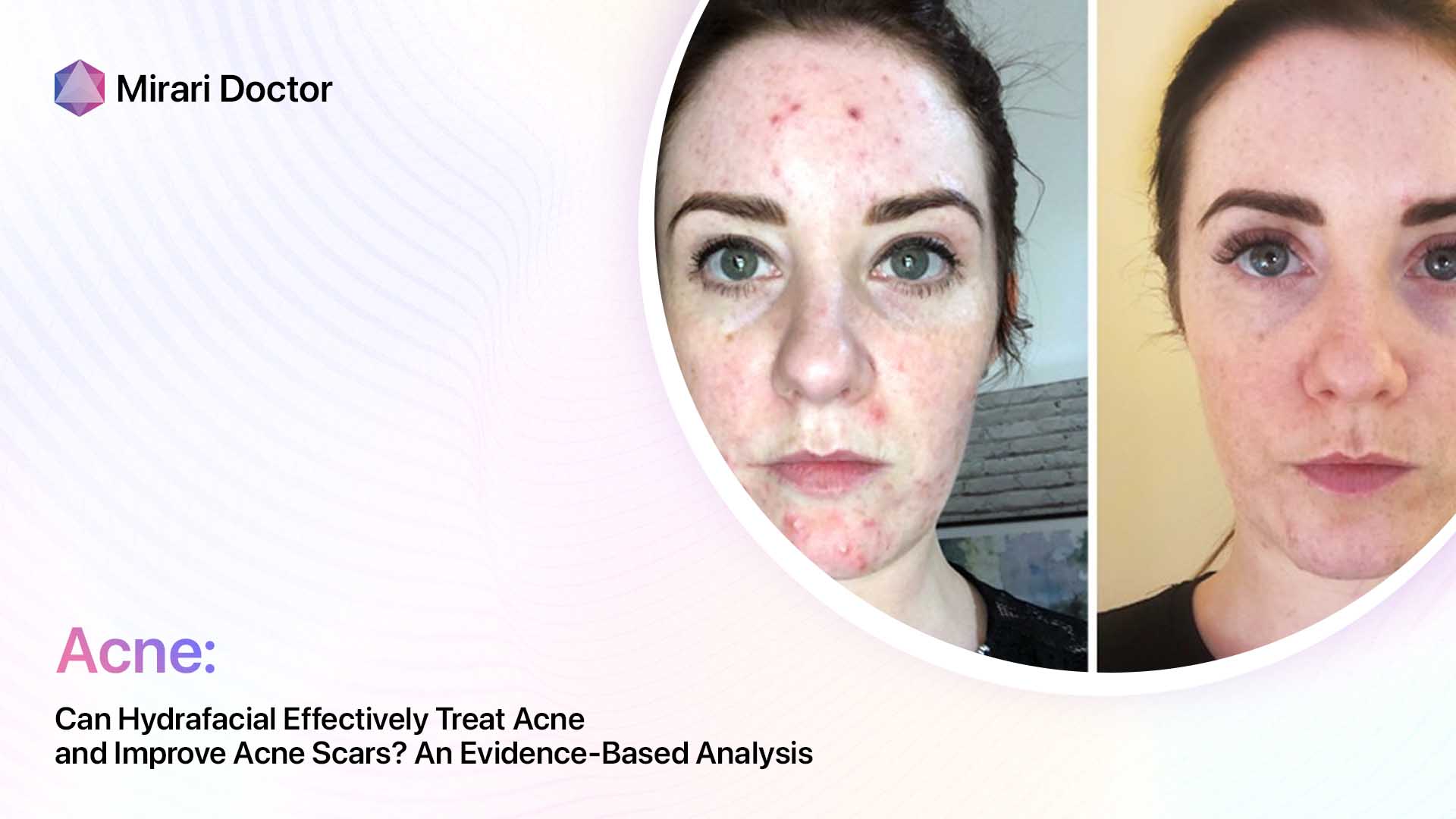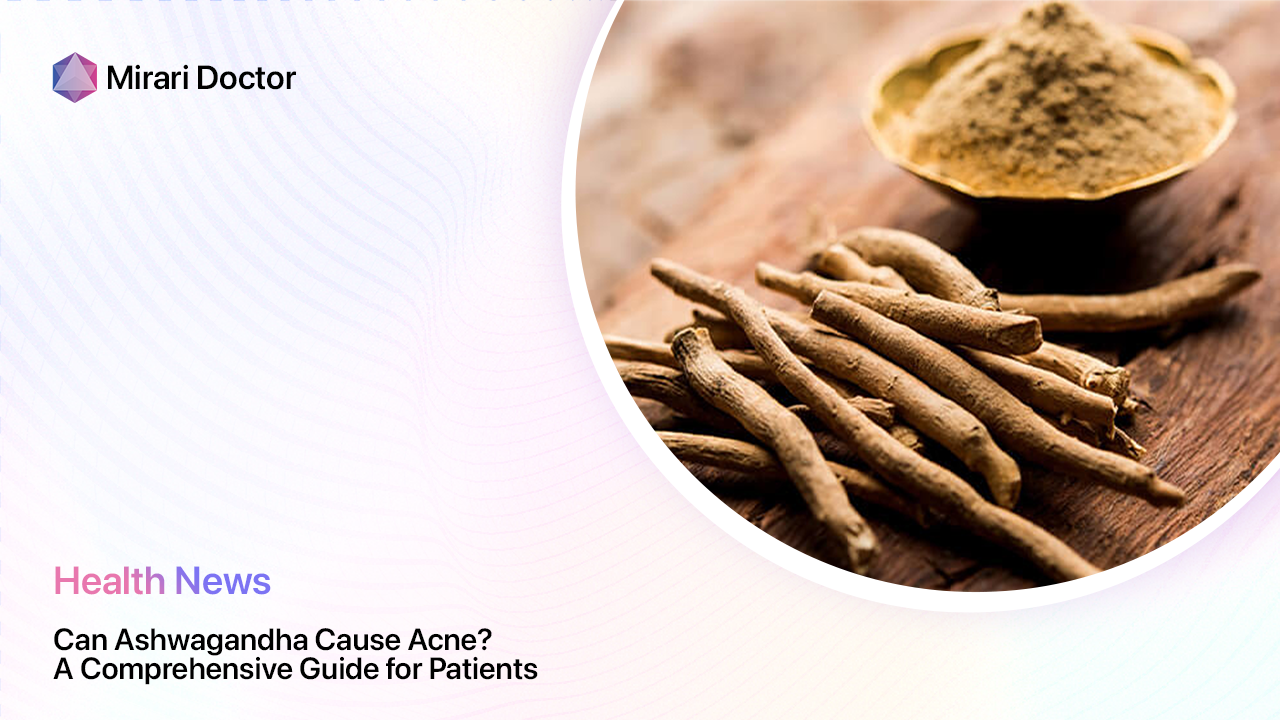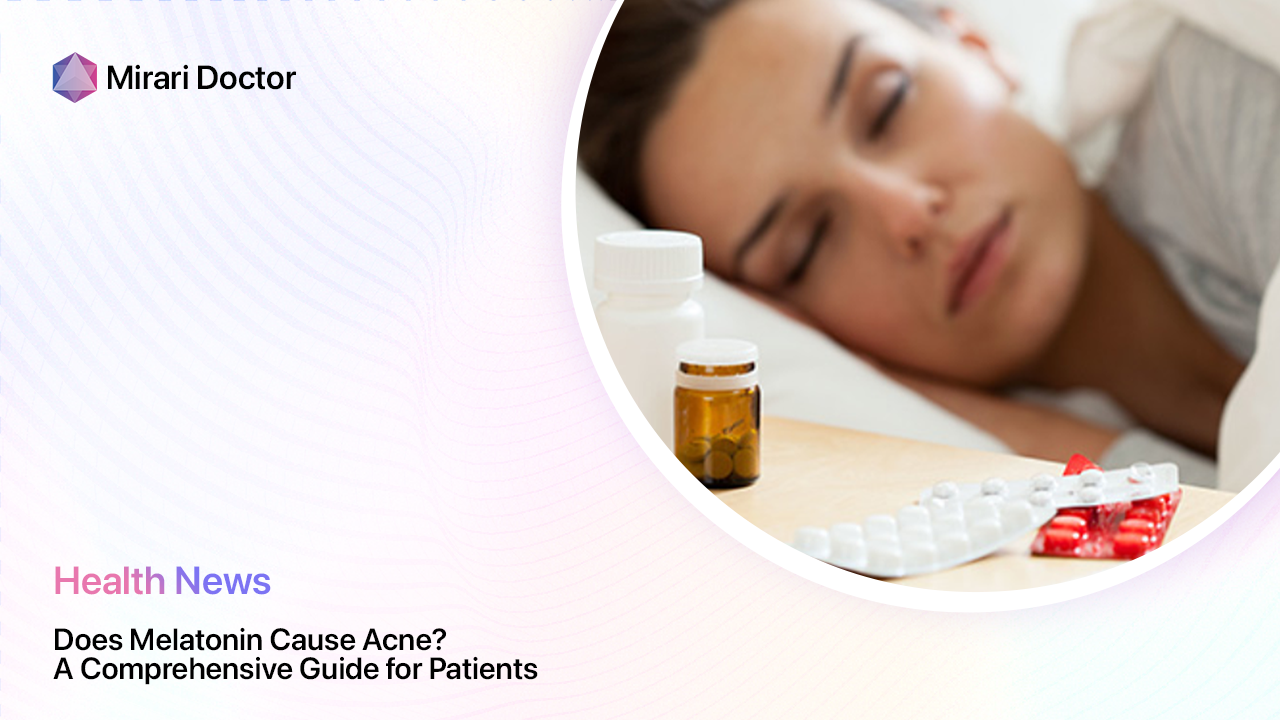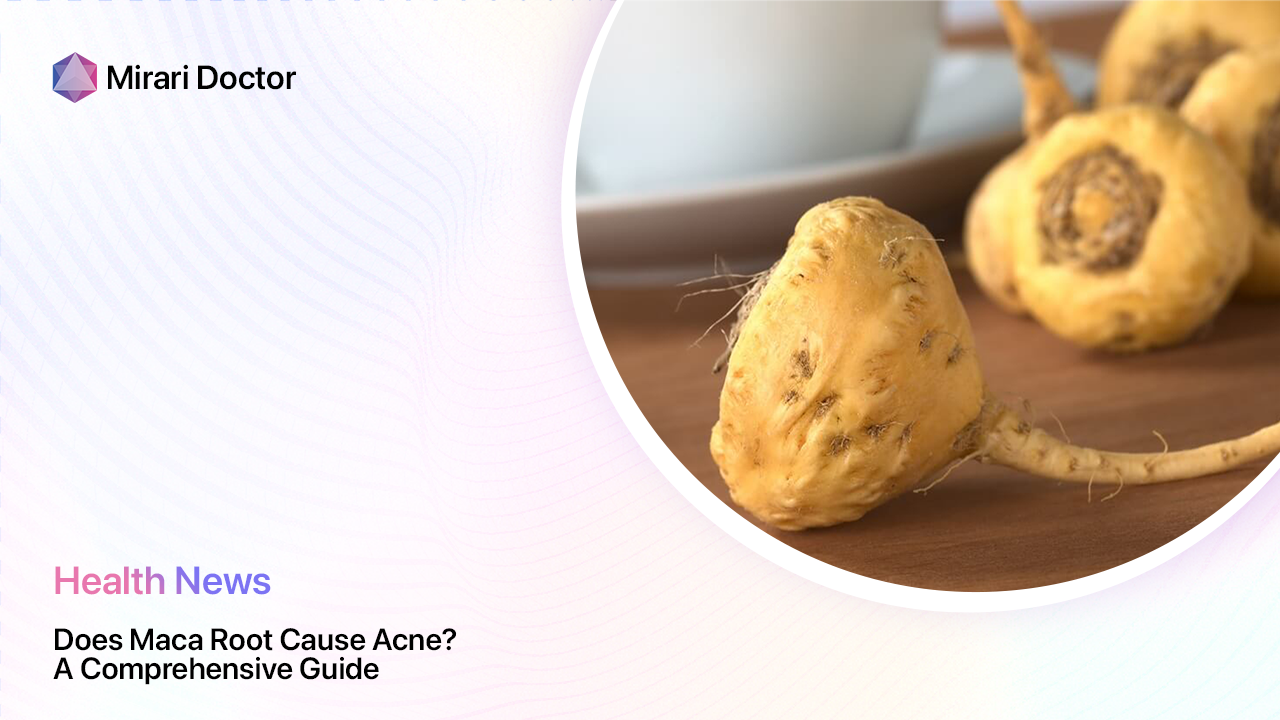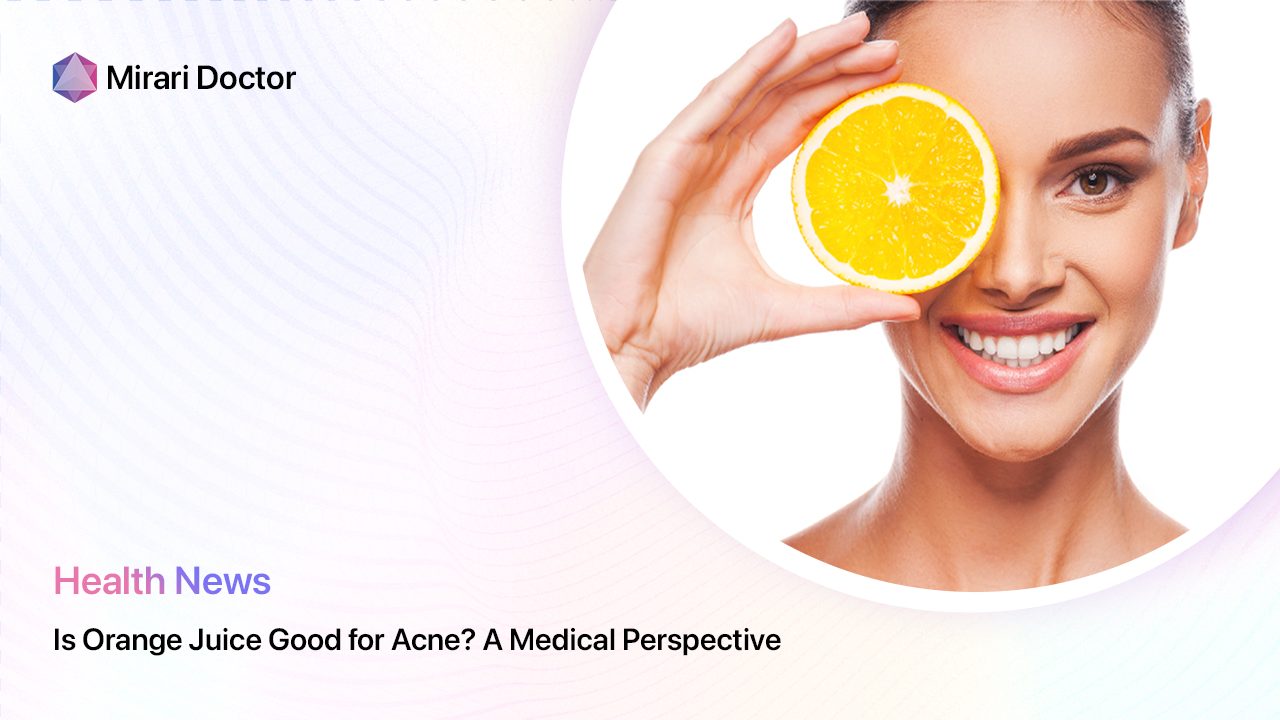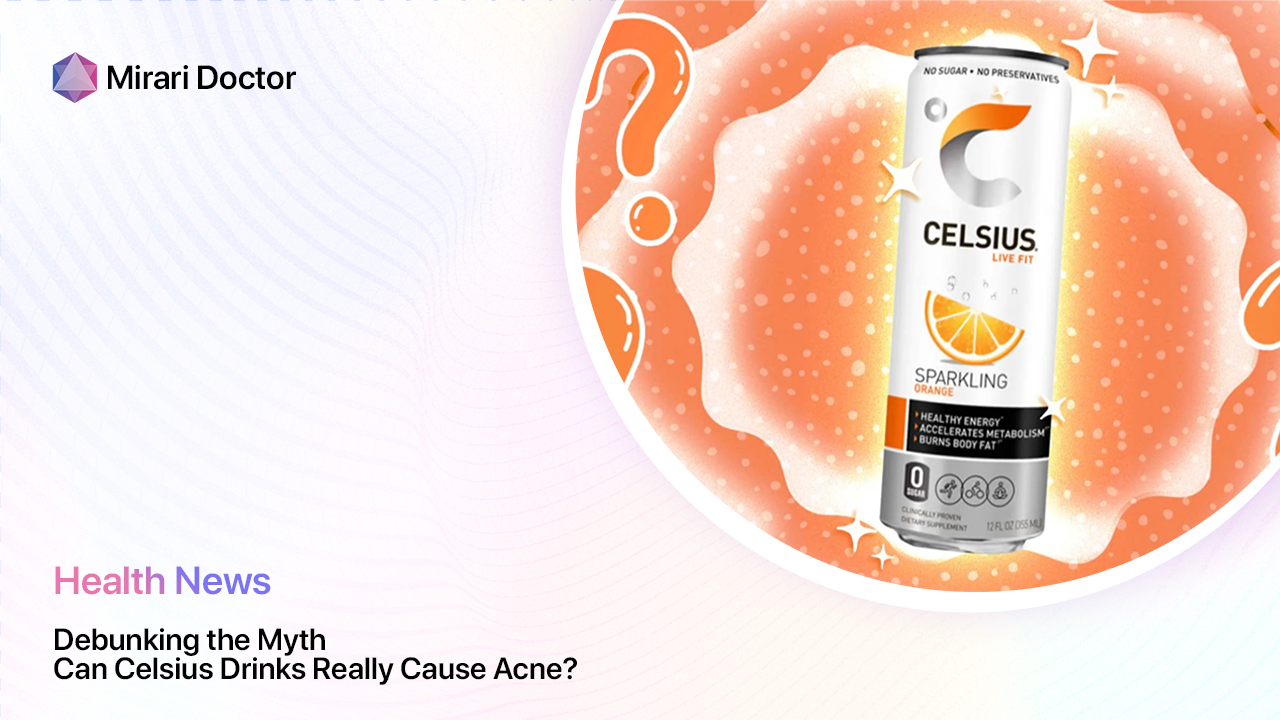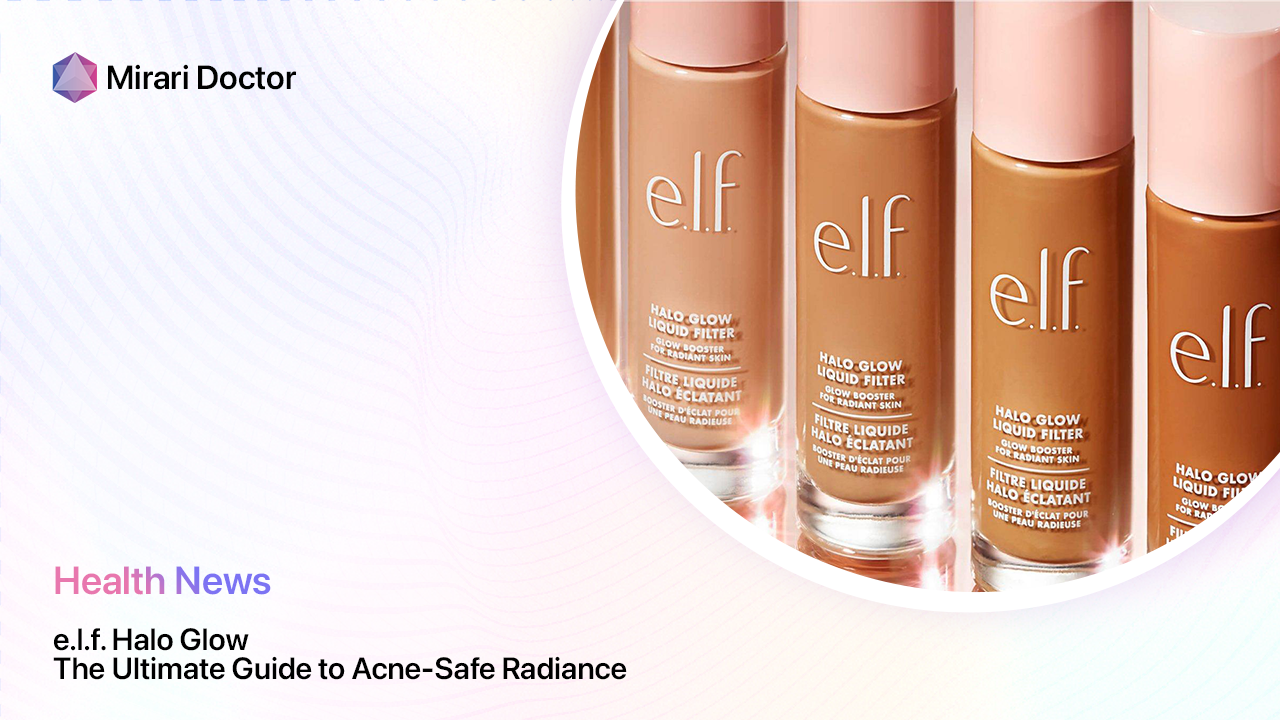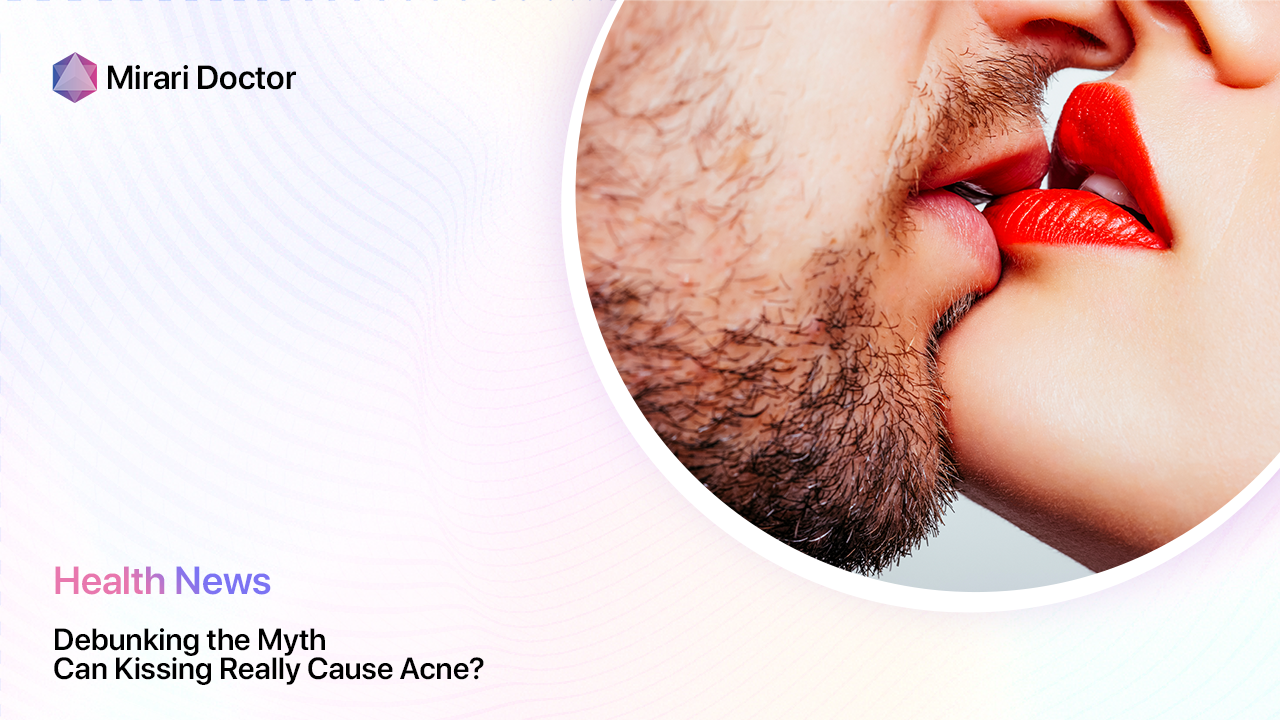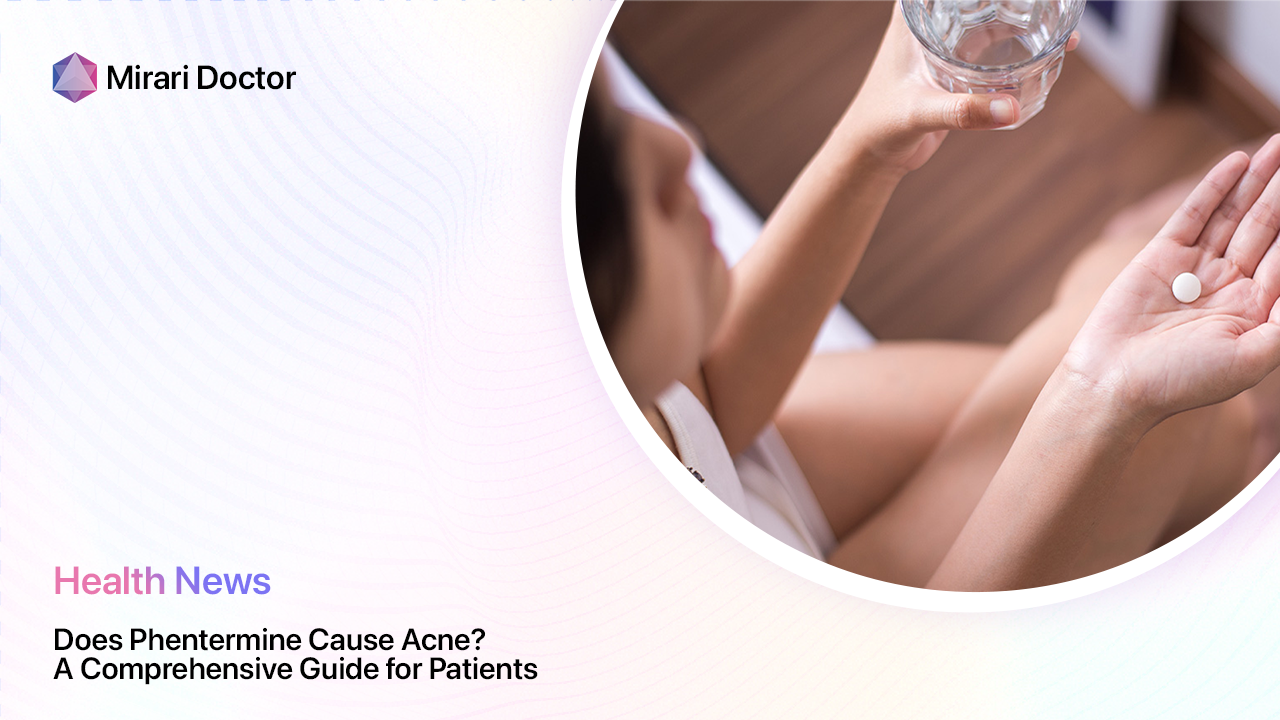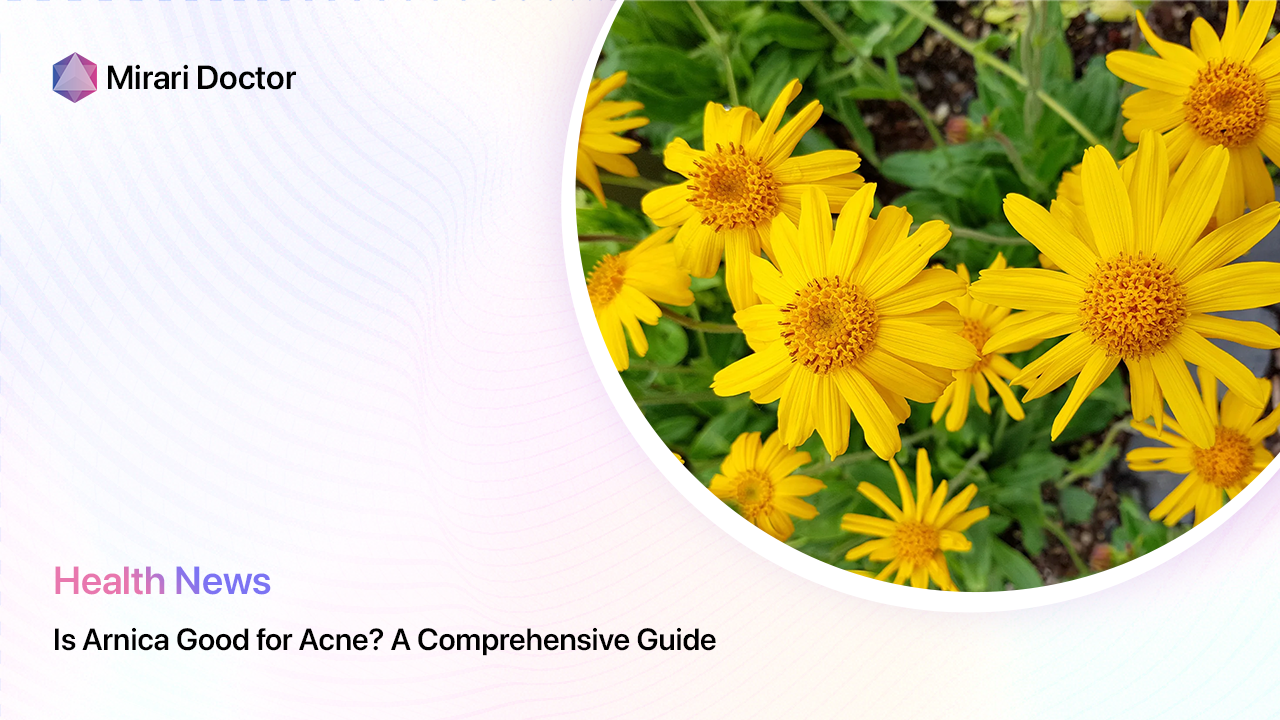
Acne is a common skin condition that affects millions of people worldwide. While there are many conventional treatments available, some people prefer to use natural remedies like arnica to manage their symptoms. Arnica is a flowering plant that has been used for centuries in traditional medicine to treat a variety of ailments, including skin conditions. In this comprehensive guide, we’ll explore the potential benefits and risks of using arnica for acne, as well as how to use it safely and effectively.
What is Arnica and How Does it Work?
Arnica (Arnica montana) is a flowering plant native to Europe that has been used for centuries in herbal medicine. The active compounds in arnica, sesquiterpene lactones, are thought to have anti-inflammatory, analgesic (pain-relieving), and antiseptic properties[1].
Arnica is most commonly used topically in the form of creams, ointments, gels, or tinctures. When applied to the skin, arnica may help reduce swelling, bruising, and pain associated with injuries or surgery. Some people also use arnica to treat inflammatory skin conditions like acne.
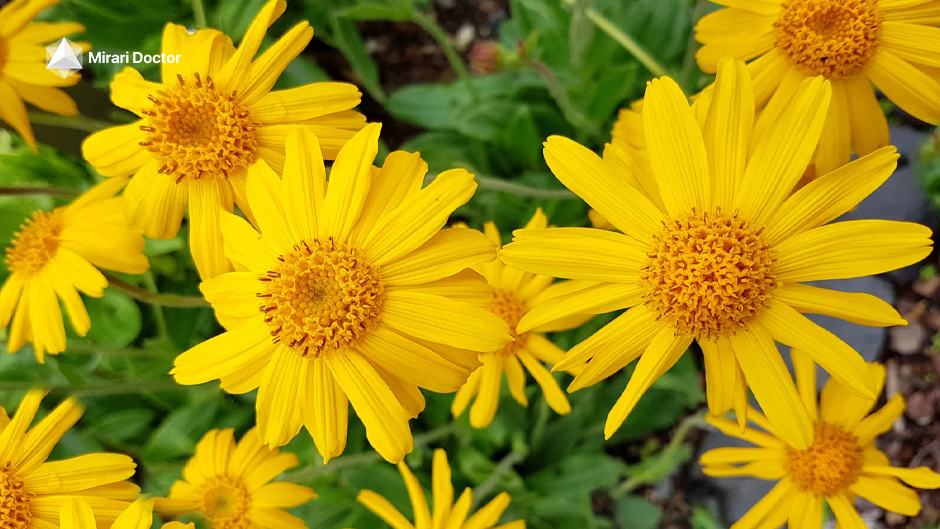
The Potential Benefits of Arnica for Acne
Anti-Inflammatory Effects
One of the key ways arnica may help with acne is through its anti-inflammatory properties. Acne is characterized by red, swollen, and sometimes painful bumps on the skin. These inflamed lesions occur when hair follicles become clogged with excess oil and dead skin cells, allowing bacteria to grow[2].
The sesquiterpene lactones in arnica, particularly helenalin, have been shown to inhibit the production of pro-inflammatory cytokines like interleukin-1 and tumor necrosis factor-alpha[3]. By reducing inflammation, arnica may help soothe red, irritated acne lesions and promote faster healing.
Antimicrobial Activity
In addition to its anti-inflammatory effects, arnica also has antimicrobial properties that could be beneficial for acne-prone skin. Acne is often worsened by the proliferation of bacteria like Propionibacterium acnes in clogged pores.
A 2015 study found that polyphenolic compounds extracted from Arnica montana demonstrated anti-inflammatory activity in vitro[4]. While this study did not specifically investigate antibacterial effects, it suggests that Arnica montana extracts may have therapeutic properties relevant to acne management.
How to Use Arnica for Acne
If you’re interested in trying arnica for your acne, it’s important to use it properly to avoid irritation and maximize potential benefits. Here are some tips:
Choose the Right Product
Look for topical arnica preparations specifically formulated for use on the face or acne-prone skin. Products with lower concentrations of arnica (around 5-10%) are less likely to cause irritation[5]. Avoid oral arnica supplements, as they can have serious side effects.
Patch Test First
Before applying arnica all over your face, do a patch test to check for any adverse reactions. Apply a small amount of the product to a clear area of skin (like your inner forearm) and wait 24 hours. If you don’t experience any redness, itching, or irritation, it should be safe to use on your acne.
Apply to Clean Skin
Gently cleanse your face and pat it dry before applying arnica. This will help the active ingredients penetrate your skin more effectively.
Use a Thin Layer
A little goes a long way with topical arnica. Apply a thin layer to the affected areas and gently massage it in until fully absorbed. Avoid getting arnica in your eyes, nose, or mouth.
Don’t Overdo It
Start by using arnica once or twice a day to see how your skin reacts. If you don’t experience any irritation, you can gradually increase the frequency of application as needed. However, don’t use arnica more than 3-4 times per day, as this could dry out or irritate your skin.
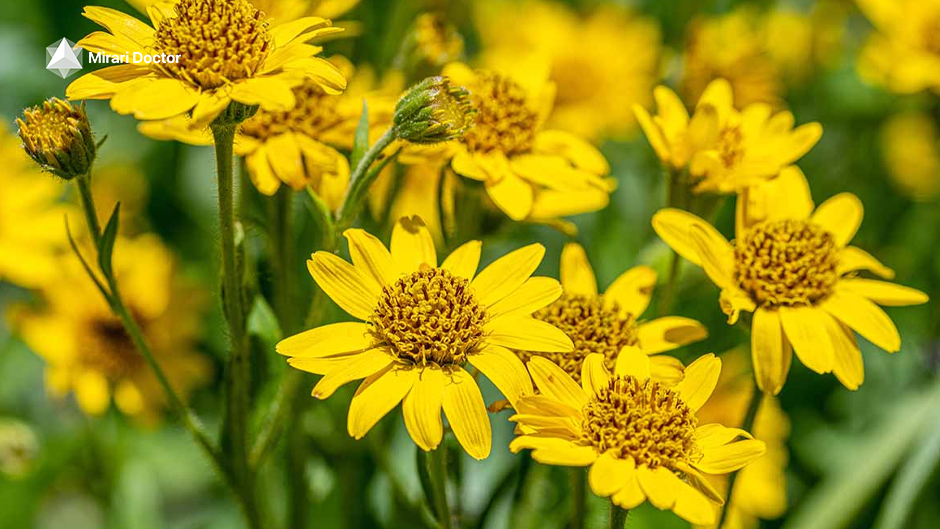
Arnica for Acne Scars and Hyperpigmentation
In addition to treating active acne lesions, some people use arnica in hopes of improving the appearance of acne scars and post-inflammatory hyperpigmentation (dark spots left behind after pimples heal).
Potential Benefits for Scars
Arnica’s ability to reduce inflammation and promote healing may be helpful for minimizing the appearance of acne scars, particularly raised (hypertrophic) scars. A 2016 study found that a topical preparation containing arnica and other herbal extracts significantly improved the appearance of hypertrophic scars after 12 weeks of use[6].
However, it’s important to note that this study used a combination product, so the effects can’t be attributed to arnica alone. More research is needed to determine if arnica can effectively treat acne scars when used by itself.
Effects on Hyperpigmentation
There is limited scientific evidence to suggest that arnica can significantly improve post-inflammatory hyperpigmentation from acne. While arnica’s anti-inflammatory properties may help prevent new dark spots from forming by reducing acne lesions, it doesn’t contain any ingredients known to actively fade existing pigmentation.
For stubborn acne scars and hyperpigmentation, it’s best to consult with a dermatologist about professional treatments like chemical peels, microneedling, or laser resurfacing. Topical medications like retinoids and hydroquinone may also be helpful for lightening dark spots.
Arnica for Different Skin Types
Oily and Acne-Prone Skin
Arnica may be particularly beneficial for people with oily, acne-prone skin due to its anti-inflammatory and sebum-regulating properties. Look for lightweight, non-comedogenic arnica preparations that won’t clog your pores or exacerbate breakouts.
Dry and Sensitive Skin
If you have dry or sensitive skin, use arnica with caution. Some people may find that topical arnica preparations are too drying or irritating for their skin type. Start with a low concentration and use it sparingly to avoid adverse reactions.
Normal and Combination Skin
People with normal or combination skin types may be able to use arnica more frequently to spot-treat acne lesions. However, it’s still important to patch test first and monitor your skin for any signs of irritation.
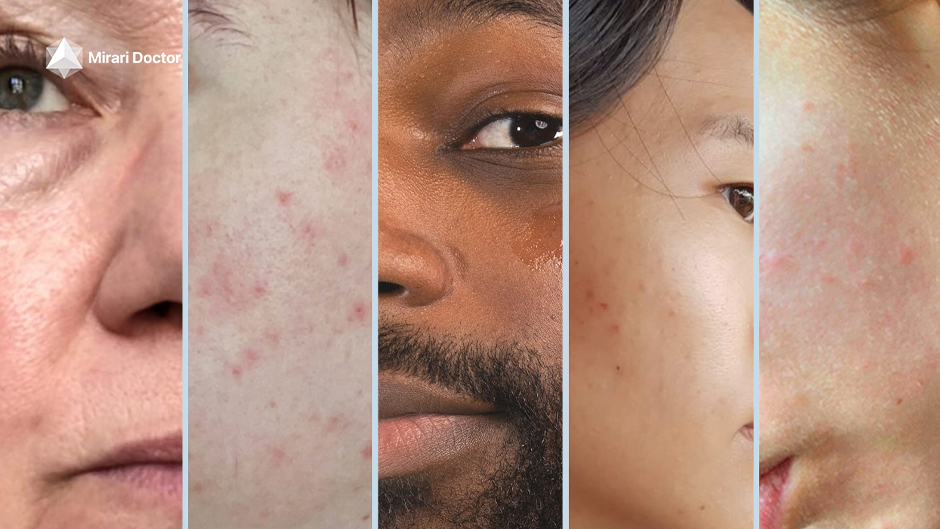
Arnica vs. Other Acne Treatments
Benzoyl Peroxide
Benzoyl peroxide is a common over-the-counter acne treatment that works by killing acne-causing bacteria and helping to unclog pores. It may be more effective than arnica for treating inflammatory acne, but it can also be drying and irritating for some people[7].
Salicylic Acid
Salicylic acid is another popular acne-fighting ingredient that helps exfoliate dead skin cells and keep pores clear. Like arnica, it has anti-inflammatory properties that can help reduce redness and swelling. Salicylic acid may be a good option for people with mild to moderate acne[8].
Retinoids
Retinoids are vitamin A derivatives that can help unclog pores, reduce inflammation, and promote cell turnover. They are often prescribed by dermatologists for moderate to severe acne. Retinoids tend to be more potent than over-the-counter treatments like arnica, but they can also cause dryness, peeling, and irritation, especially when you first start using them[9].
Combining Arnica with Other Acne Treatments
In some cases, using arnica in combination with other acne-fighting ingredients may provide enhanced benefits. For example, a 2019 study found that a serum containing arnica, salicylic acid, and other plant extracts significantly reduced acne lesions and improved overall skin condition after 4 weeks of use[10].
However, it’s important to be cautious when combining active ingredients, as this can increase the risk of irritation. If you’re using prescription acne medications, talk to your dermatologist before adding arnica or any other new products to your routine.
Arnica for Acne: Before and After
As with any acne treatment, individual results with arnica can vary. Some people may notice a significant improvement in their breakouts and overall skin appearance, while others may see little to no change.
It’s important to give arnica (and any other new acne treatment) time to work. Don’t expect overnight results. It may take several weeks of consistent use before you start to see a noticeable difference in your skin.
Take photos of your skin before starting arnica and at regular intervals (like every 2-4 weeks) to track your progress. This can help you determine if the treatment is working for you or if you need to try something else.
Possible Side Effects and Precautions
While arnica is generally considered safe for topical use, some people may experience side effects like:
- Skin irritation, redness, or itching
- Allergic reactions (rare)
- Dry, flaky skin
If you have sensitive skin or a history of allergies, it’s especially important to do a patch test before using arnica on your face. Stop using arnica and consult with a healthcare professional if you experience severe or persistent side effects.
Avoid using arnica on open wounds or broken skin, as this can increase the risk of irritation and allergic reactions. Don’t take oral arnica supplements for acne, as ingesting large amounts of arnica can be toxic[11].
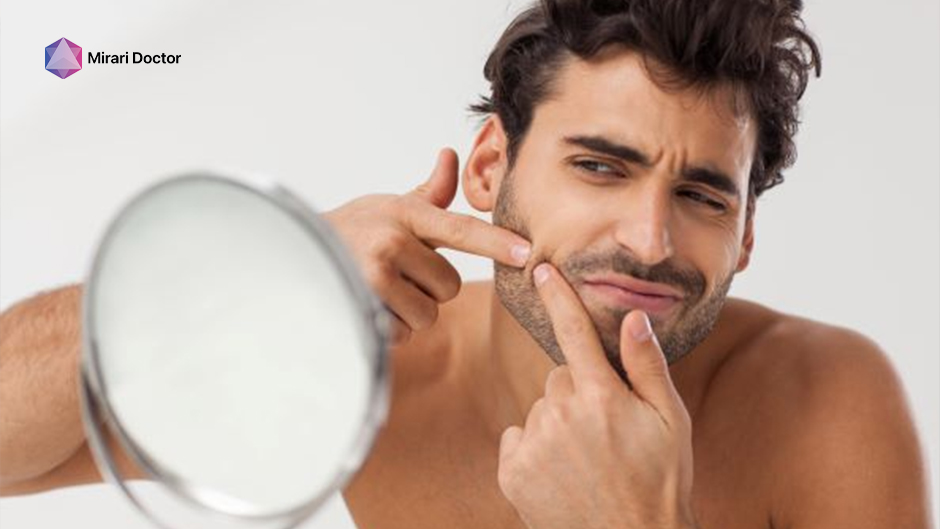
When to See a Dermatologist
If you’ve been using arnica (or any other over-the-counter acne treatment) consistently for several weeks without seeing improvement, or if your acne is severe or painful, it’s time to make an appointment with a board-certified dermatologist.
A dermatologist can help determine the underlying causes of your acne and recommend a personalized treatment plan, which may include prescription medications like retinoids or antibiotics. They can also provide guidance on incorporating arnica and other natural remedies into your skincare routine.
The Bottom Line
Arnica may be a helpful complementary treatment for mild to moderate acne, thanks to its anti-inflammatory and antimicrobial properties. However, more research is needed to fully understand its effects on acne and determine the optimal methods of use.
If you decide to try arnica for your acne, choose a product specifically formulated for the face, patch test first, and use it consistently for several weeks to see the best results. Don’t hesitate to consult with a dermatologist if your acne persists or worsens despite treatment.
Remember, everyone’s skin is different, and what works for one person may not work for another. Be patient, pay attention to how your skin responds, and don’t be afraid to experiment with different products and ingredients until you find the acne-fighting routine that works best for you.
Key Takeaways
- Arnica has anti-inflammatory and antimicrobial properties that may help reduce acne lesions and soothe irritated skin.
- Look for topical arnica products specifically formulated for acne-prone skin and always patch test before applying to your face.
- Use arnica consistently for several weeks to see the best results, but don’t exceed 3-4 applications per day to avoid irritation.
- Arnica may be helpful for reducing the appearance of acne scars, but more research is needed.
- If you have severe or persistent acne, consult with a dermatologist for a personalized treatment plan.
Frequently Asked Questions
How long does it take for arnica to work on acne?
The time it takes to see results from using arnica for acne can vary from person to person. Some people may notice an improvement in their skin within a few days to a week, while others may need to use arnica consistently for several weeks before seeing a significant difference.
It’s important to be patient and give the treatment time to work. If you don’t see any improvement after 6-8 weeks of regular use, arnica may not be the right acne solution for you.
Can I use arnica with other acne treatments?
In some cases, combining arnica with other acne-fighting ingredients like salicylic acid or benzoyl peroxide may provide enhanced benefits. However, it’s important to introduce new products gradually and monitor your skin for any signs of irritation.
If you’re using prescription acne medications, it’s best to consult with your dermatologist before adding arnica or any other new products to your routine. Some ingredients may interact with each other and increase the risk of side effects.
Is arnica safe for all skin types?
Arnica is generally considered safe for most skin types when used topically in appropriate concentrations. However, people with sensitive skin may be more prone to irritation or allergic reactions.
If you have dry or sensitive skin, start with a low concentration of arnica and use it sparingly to minimize the risk of adverse effects. Always do a patch test before applying arnica to your face, and discontinue use if you experience persistent redness, itching, or other signs of irritation.
Can I use arnica for body acne?
Yes, arnica can be used to treat acne on the body as well as the face. Look for arnica-containing products specifically formulated for use on the body, such as lotions, creams, or body washes.
As with facial acne, be sure to patch test before applying arnica to larger areas of skin, and follow the product instructions carefully. Avoid using arnica on broken skin or open wounds to reduce the risk of irritation or infection.
How does arnica compare to tea tree oil for acne?
Tea tree oil is another popular natural remedy for acne that has been shown to have antimicrobial and anti-inflammatory properties[12]. Like arnica, tea tree oil may help reduce acne lesions and soothe irritated skin.
However, tea tree oil can be more potent and potentially irritating than arnica, especially for those with sensitive skin. It’s important to dilute tea tree oil properly before applying it to the skin and to patch test first to check for any adverse reactions.
Ultimately, the choice between arnica and tea tree oil for acne may come down to personal preference and individual skin tolerance. Some people may find that one works better for their specific skin type and acne concerns than the other.
References
- Kriplani, P., Guarve, K., & Baghael, U. S. (2017). Arnica montana L. – a plant of healing: review. Journal of Pharmacy and Pharmacology, 69(8), 925-945. https://doi.org/10.1111/jphp.12724
- Sutaria, A. H., Masood, S., & Schlessinger, J. (2020). Acne Vulgaris. In StatPearls. StatPearls Publishing. https://www.ncbi.nlm.nih.gov/books/NBK459173/
- Lyss, G., Knorre, A., Schmidt, T. J., Pahl, H. L., & Merfort, I. (1998). The Anti-inflammatory Sesquiterpene Lactone Helenalin Inhibits the Transcription Factor NF-κB by Directly Targeting p65. Journal of Biological Chemistry, 273(50), 33508-33516. https://doi.org/10.1074/jbc.273.50.33508
- Moulaoui, K., Caddeo, C., Manca, M. L., Castangia, I., Valenti, D., Escribano, E., Atmani, D., Fadda, A. M., & Manconi, M. (2015). Identification and nanoentrapment of polyphenolic phytocomplex from Arnica montana L. and in vitro evaluation of its anti-inflammatory activity. European Journal of Medicinal Chemistry, 89, 179-188. https://doi.org/10.1016/j.ejmech.2014.10.047
- Kouzi, S. A., & Nuzum, D. S. (2007). Arnica for Bruising and Swelling. American Journal of Health-System Pharmacy, 64(23), 2434-2443. https://doi.org/10.2146/ajhp070155
- Jenwitheesuk, K., Surakunprapha, P., Jenwitheesuk, K., Kuptarnond, C., Prathanee, S., & Intanoo, W. (2018). Role of silicone derivative plus onion extract gel in presternal hypertrophic scar protection: a prospective randomized, double blinded, controlled trial. International Wound Journal, 15(3), 346-352. https://doi.org/10.1111/iwj.12875
- Kawashima, M., Nagare, T., & Doi, M. (2017). Clinical efficacy and safety of benzoyl peroxide for acne vulgaris: Comparison between Japanese and Western patients. The Journal of Dermatology, 44(11), 1212-1218. https://doi.org/10.1111/1346-8138.13996
- Arif T. (2015). Salicylic acid as a peeling agent: a comprehensive review. Clinical, Cosmetic and Investigational Dermatology, 8, 455-461. https://doi.org/10.2147/CCID.S84765
- Leyden, J., Stein-Gold, L., & Weiss, J. (2017). Why Topical Retinoids Are Mainstay of Therapy for Acne. Dermatology and Therapy, 7(3), 293-304. https://doi.org/10.1007/s13555-017-0185-2
- Dall’Oglio, F., Tedeschi, A., Fabbrocini, G., Donnarumma, M., Chiodini, P., & Micali, G. (2019). Licochalcone A in Combination with Salicylic Acid as Fluid Based and Hydroxy-Complex 10% Cream for the Treatment of Mild Acne: A Multicenter Prospective Trial. Clinical, Cosmetic and Investigational Dermatology, 12, 961-967. https://doi.org/10.2147/CCID.S206935
- Bunchorntavakul, C., & Reddy, K. R. (2013). Review article: herbal and dietary supplement hepatotoxicity. Alimentary Pharmacology & Therapeutics, 37(1), 3-17. https://doi.org/10.1111/apt.12109
- Carson, C. F., Hammer, K. A., & Riley, T. V. (2006). Melaleuca alternifolia (Tea Tree) Oil: a Review of Antimicrobial and Other Medicinal Properties. Clinical Microbiology Reviews, 19(1), 50-62. https://doi.org/10.1128/CMR.19.1.50-62.2006
Related articles
Made in USA


